Caring For Scalp Health: How To Remove Adhesive From Lace Wig?
Why remove hair adhesive from wigs? On the one hand, adhesive on hair is prone to absorbing dust and various impurities. This dirt makes the wig look dirty and may also breed bacteria. This may cause scalp itching, allergies, and other issues, affecting the health of the head skin. On the other hand, the residue of adhesive can make the surface uneven. This can lead to uneven local pressure, which may cause compression on the scalp. Moreover, residual adhesive may stick to the hair, causing unnecessary pain and hair damage when removing the wig. How to remove adhesive from lace wig? Let’s explore together.
What do I Need to Prepare?
The first step is to choose a suitable mild adhesive remover product. The special degumming spray for wigs is a good choice, which can effectively decompose the glue while minimizing the damage to the hair.
In addition, alcohol is also a commonly used degreasing substance. Because it has strong solubility, it can quickly remove adhesive. But be careful to choose alcohol with moderate concentration, otherwise it will cause excessive stimulation. Baby oil is also a good choice because of its gentle texture, which not only removes adhesive but also nourishes wigs.
A soft-bristled brush is also required. Choose a brush with delicate fur, such as animal hair, so as not to scratch the wig. Moreover, prepare a basin of warm water between 30 and 40 degrees Celsius for rinsing it. Finally, it is best to use cotton towels with strong water absorption to wash and dry the moisture.
Different Methods of Removing Adhesive
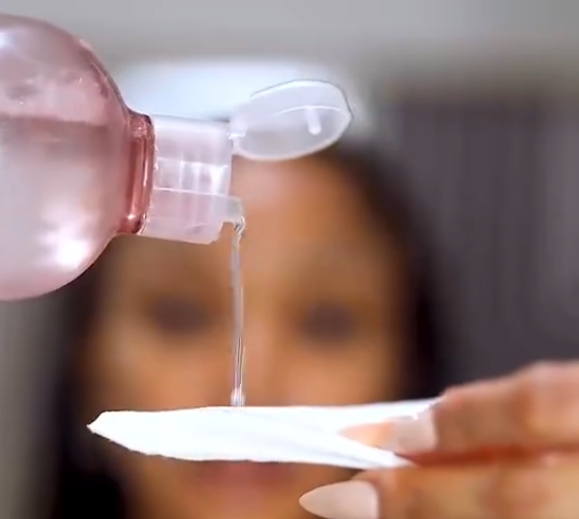
1.Alcohol
Alcohol is an effective natural degelling substance. Pour an appropriate amount of alcohol onto a clean cotton ball and gently wipe the areas. Due to the volatility of alcohol, it is important to replenish it promptly. When wiping, be gentle and avoid pulling the wig too hard. The advantage of alcohol is that it has a fast speed and is easy to obtain, but it may cause the wig to dry out, so proper care is essential.
Baby oil and olive oil can also help remove adhesive. Apply them to the adhesive residue and gently massage them for a few minutes to allow them to penetrate the adhesive fully. Then, gently wipe off the softened adhesive with a cloth or tissue. The advantage of these two is their mild texture, which minimizes damage to wigs and nourishes them to make them smoother.

2.Hot Water
This method requires strict control over time and temperature. Firstly, pour warm water at a temperature below 50 degrees into a sufficiently large container. Overheated water may cause the wig to deform or fade. Then, soak the lace wig for 15 to 20 minutes to gradually soften it. The soaking time should not be too long, otherwise it may make the wig loose.
How to Remove Adhesive from Lace Wig?
Firstly, fix the wig to avoid slipping during the operation. You can use a wig stand or lay a clean towel on the table, place the wig on top, and use hair clips or other fixing tools to secure the edges.
Secondly, when applying the adhesive removal product, you can follow the above adhesive removal method for operation. I suggest you use a soft-bristled brush to start from the edges. Because the adhesive on the edges is relatively thinner and easier to remove.
In addition, you should gently brush along the direction of the hair to avoid tangling caused by reverse brushing. Even when encountering stubborn adhesive, do not apply excessive force; you can brush it a few more times.
Furthermore, rinse the wig with warm water to remove any residual adhesive products and adhesive. You can gently comb the wig with your fingers to help the water flow away any remaining substances. The rinsing time is approximately 3 to 5 minutes until the water becomes clear.
Finally, gently dry it with a clean towel and let it air dry naturally in a place without direct sunlight. The hair after degumming may become dry. You can choose a special conditioner or spray for hair care and use it according to the product instructions. Hair conditioner can repair damaged parts and make them smoother.
Nursing spray can increase the gloss and softness of wigs. After the wig is completely dry, combing it smoothly and then covering it with a wig-specific hair net can effectively prevent hair tangling.
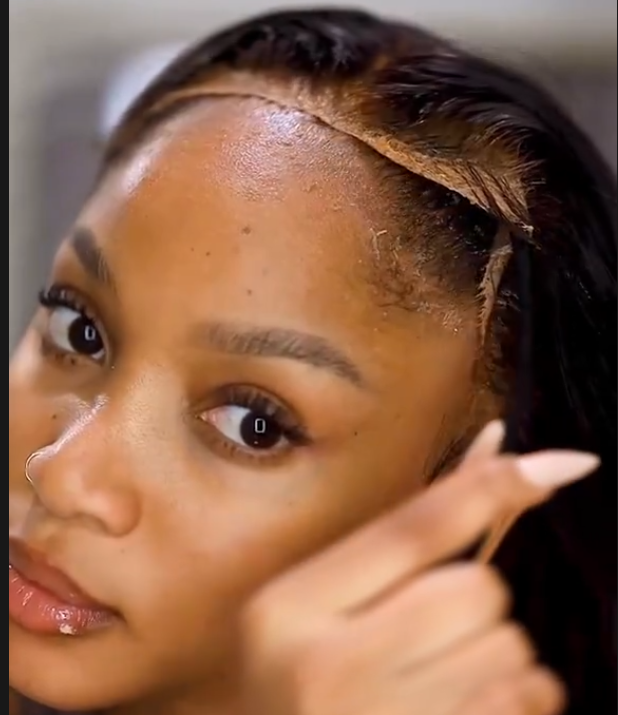
Conclusion
To sum up, we discussed how to remove adhesive from lace wig in this article. If you want to purchase better quality wigs that do not require excessive processing, I recommend ALIPEARLHAIR. It has various styles, simple but elegant, using high-end lace hairnets and human hair. With proper maintenance, it can be used multiple times so it has a high cost-effectiveness. I hope you have mastered the method of removing adhesive through this article, and I wish you a happy life.




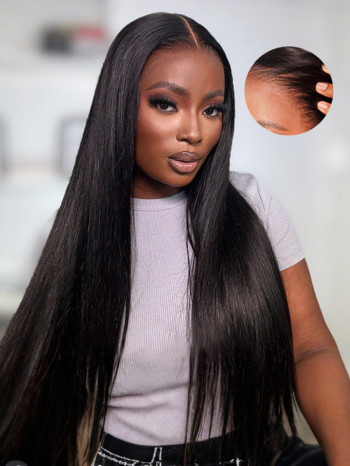









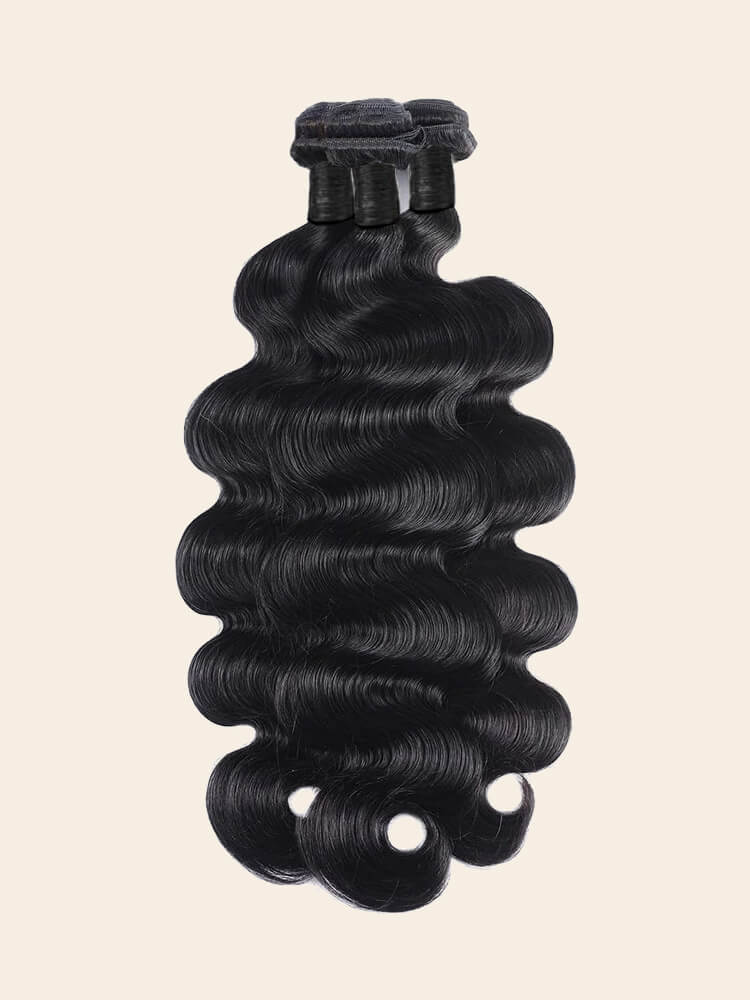 Body Wave Bundles
Body Wave Bundles 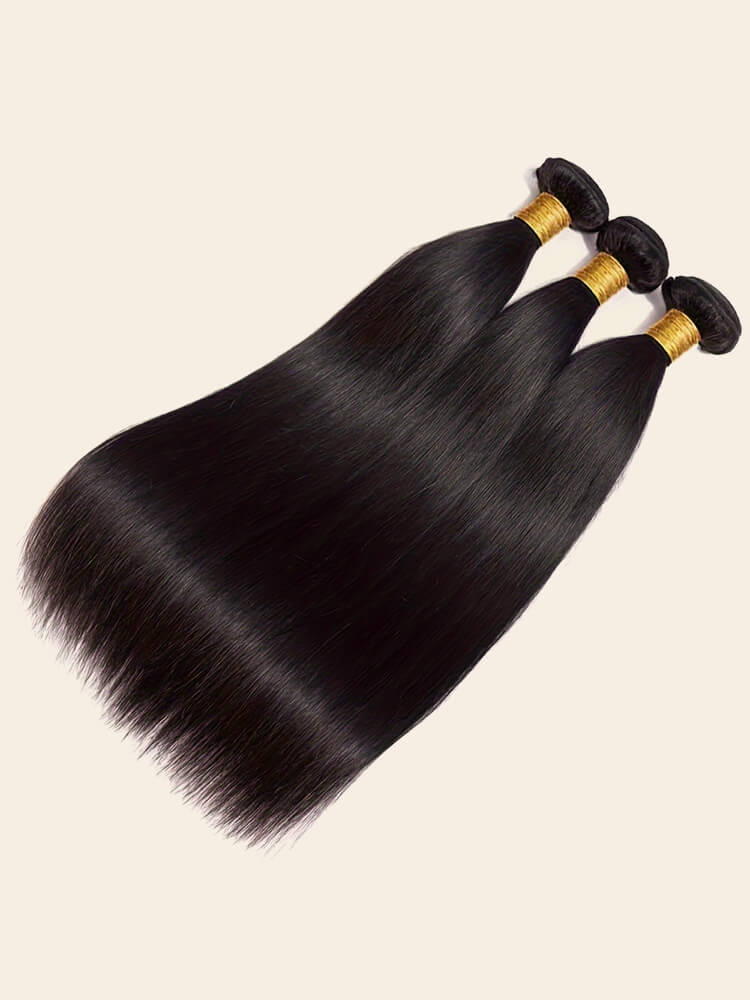 Straight Bundles
Straight Bundles 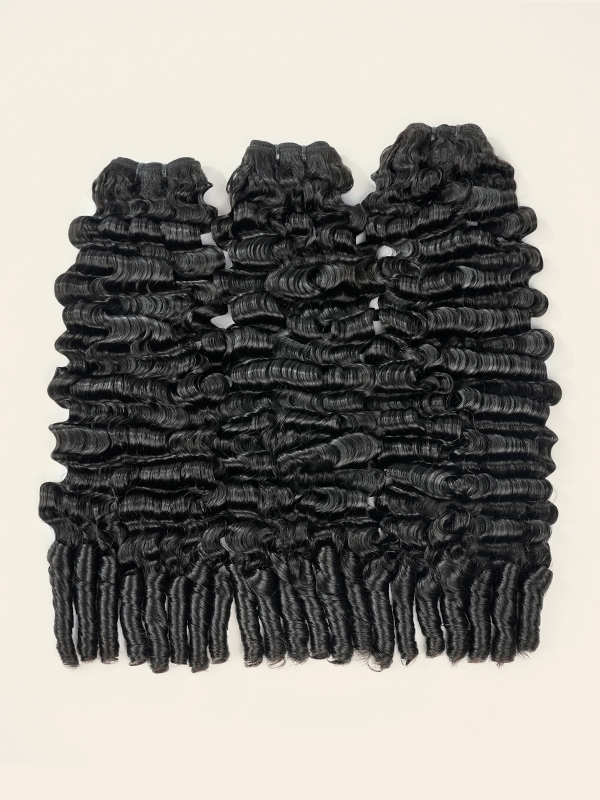 Curly Bundles
Curly Bundles  Colorful Bundles
Colorful Bundles 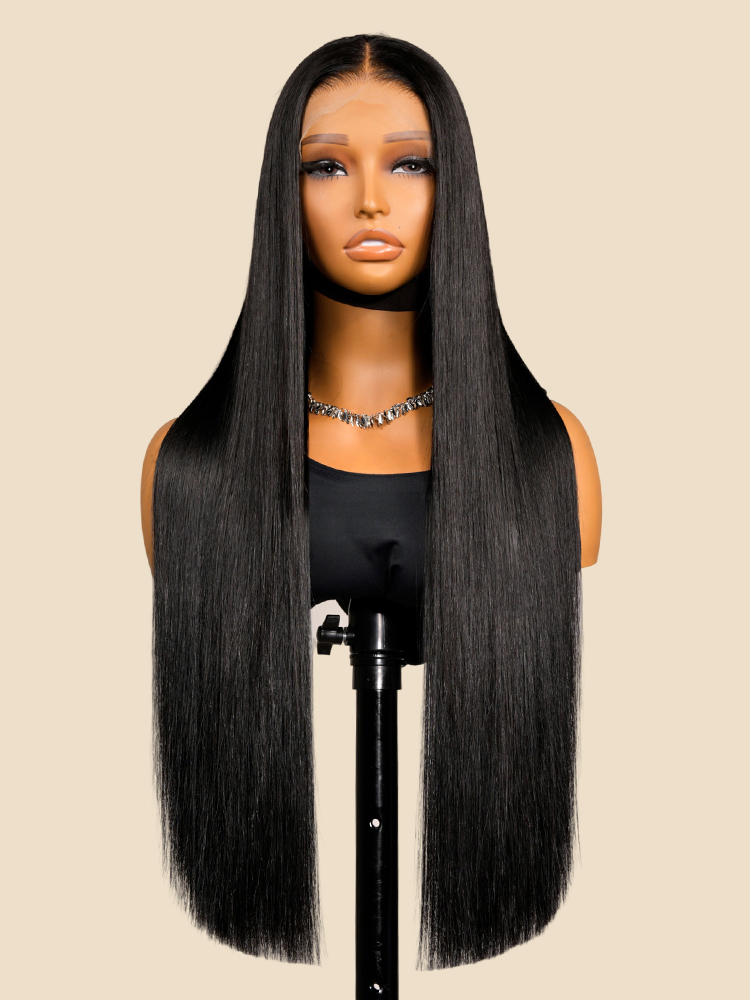 12A Mink Hair
12A Mink Hair 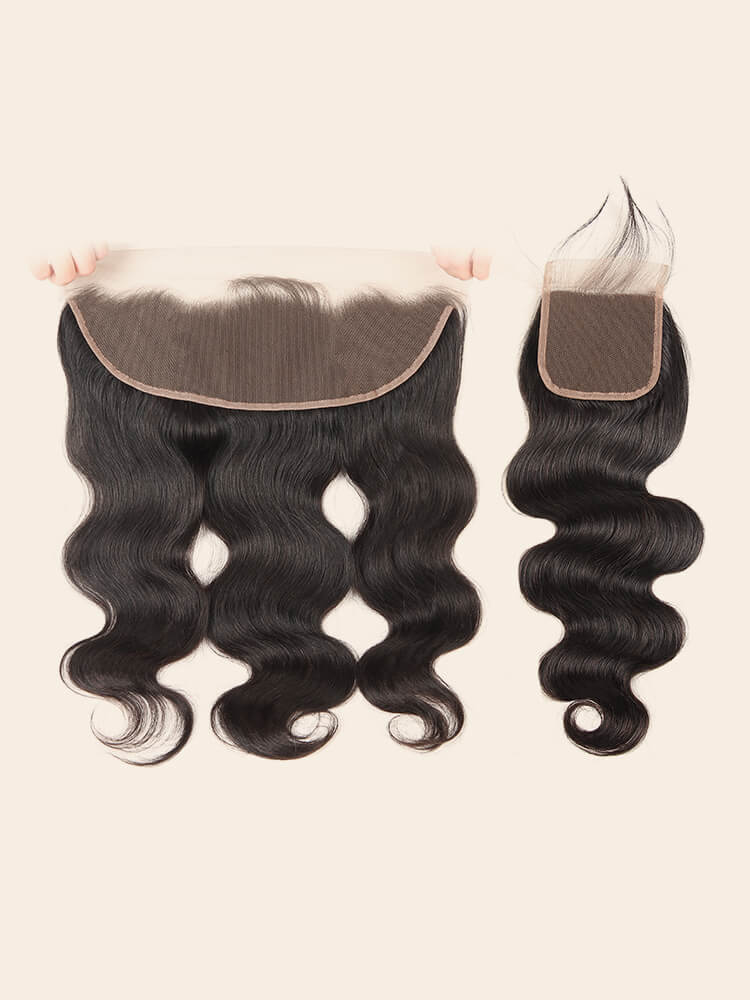 Closures / Frontals
Closures / Frontals  Hair Extension
Hair Extension 

 Black Friday
Black Friday Limited Deals
Limited Deals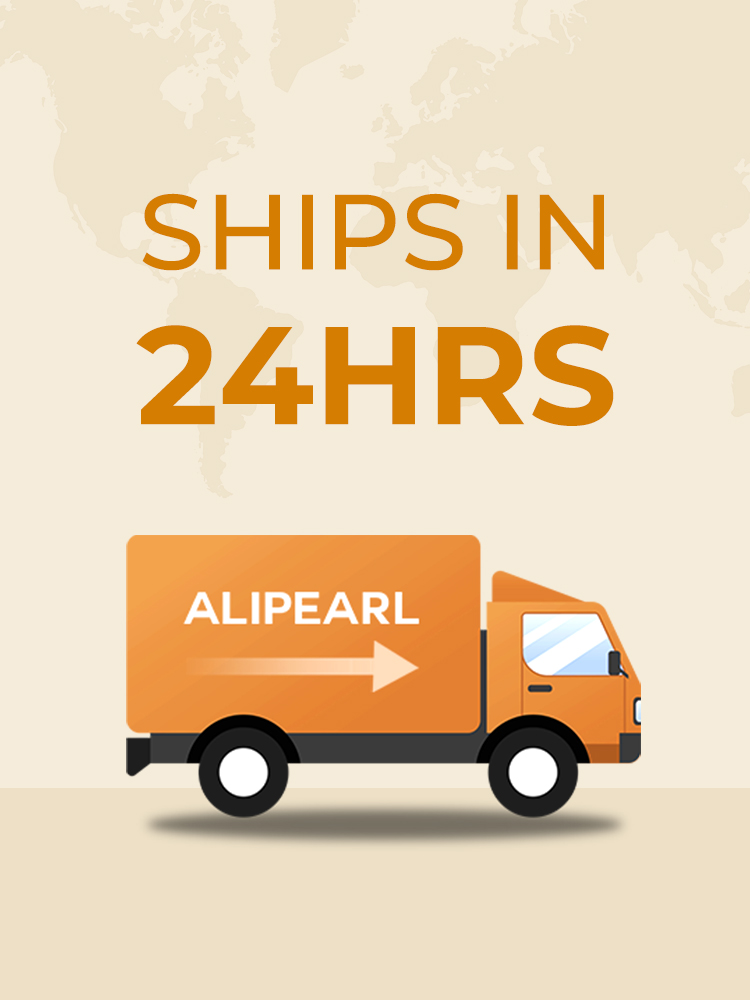 Ship In 24H
Ship In 24H Clearance Sale
Clearance Sale Flash Sale
Flash Sale Wig Sets & Deals
Wig Sets & Deals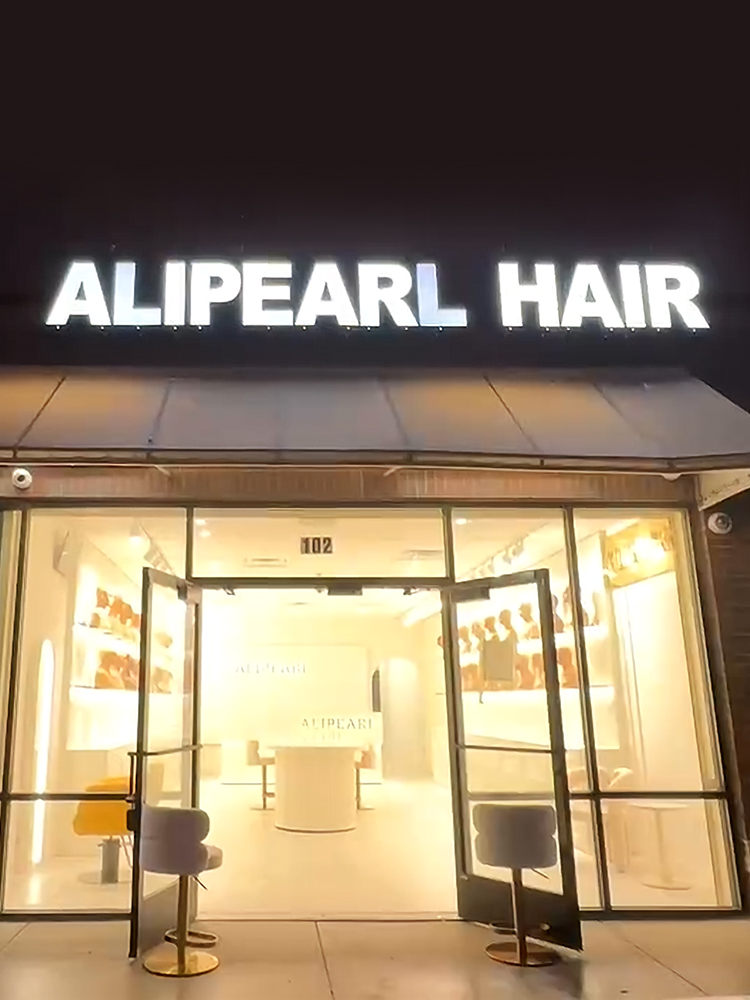 In-Person Stores
In-Person Stores Blogs
Blogs Invite & Save
Invite & Save




























